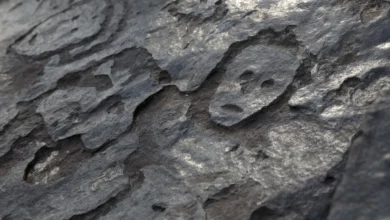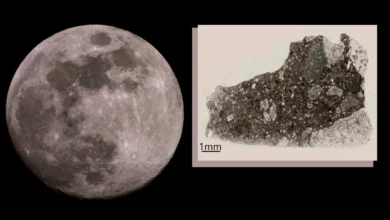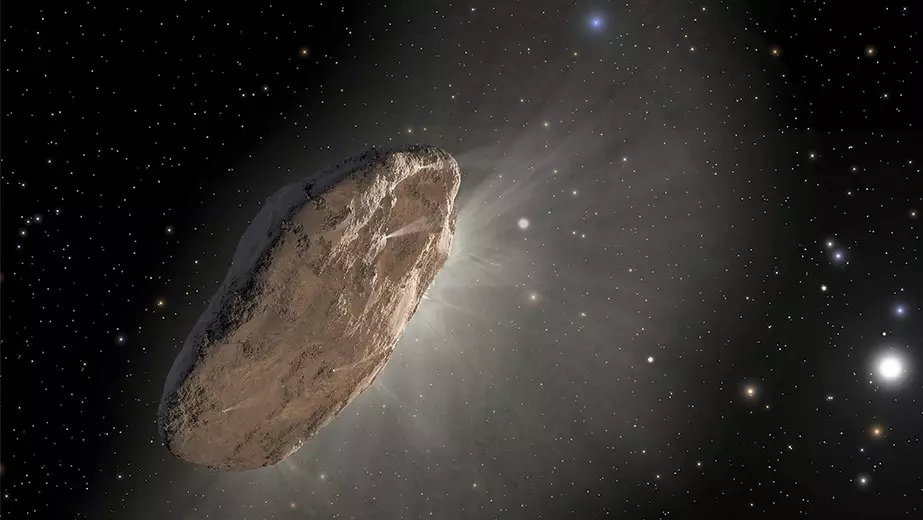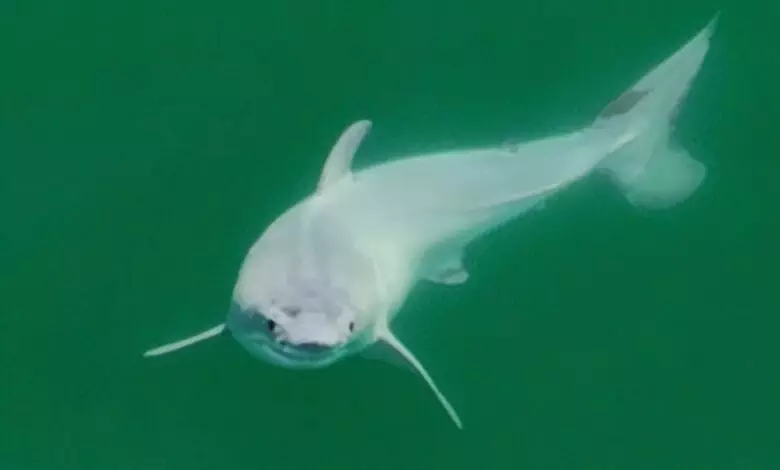
The footage could potentially resolve a long-standing mystery in shark science.
Newborn Great white shark, the world’s largest predatory fish and responsible for the most lethal human attacks, are difficult to fathom as newborns. That is due in part to the fact that no one appears to have seen one in the wild before.
On July 9, 2023, wildlife filmmaker Carlos Gauna and UC Riverside biology PhD student Phillip Sternes searched for sharks in Santa Barbara on California’s central coast. That day, something amazing appeared in Gauna’s drone camera viewfinder. They have never seen a shark pup like this before.
Scientists refer to great white sharks as “white sharks.” They are gray on top and white on the bottom. But this 5-foot-long shark was all white.
“We enlarged the images, put them in slow motion, and realized the white layer was being shed from the body as it was swimming,” Sternes went on to explain. “I believe it was a newborn white shark shedding its embryonic layer.”
These findings were published in a recent publication in the journal Environmental Biology of Fishes. The report also discusses the value of seeing a live baby white shark.
The Malibu Artist’s Contributions to Shark Science
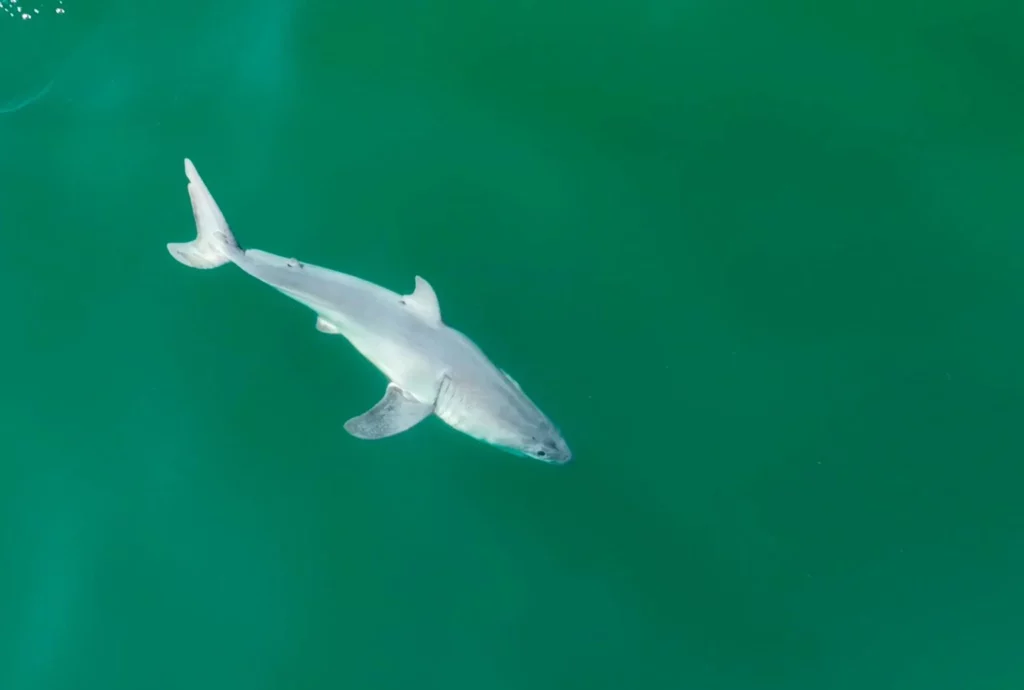
Gauna is known online as The Malibu Artist. He has spent hundreds of hours shooting sharks all around the world, and his movies of them swimming among beachgoers have received millions of views. What he and Sternes discovered might help explain the long-standing riddle of great white birth behaviors.
“One of the holy grails of shark study is knowing where white sharks have birth. “No one has ever been able to pinpoint where they were born, nor has anyone seen a newborn baby shark alive,” Gauna stated. “Dead white sharks have been found within deceased pregnant moms. “But nothing like this.”
Though the authors of the research concede that the white film excreted by the shark may have been caused by a skin problem, they do not believe so. “If that is what we saw, then that too is monumental, because no such condition has ever been reported for these sharks,” Gauna said in a statement.
For a variety of reasons, the two think what they witnessed was a baby great white.
Evidence Supporting Newborn Great White Theory

First, great white females give birth to living pups. While in gestation, embryonic sharks may feed on unfertilized eggs for nutrition. The moms provide additional sustenance to the developing shark pups via milk released in the uterus.
A second explanation is the presence of huge, perhaps pregnant, whites in this area. Gauna had seen them here in prior years and in the weeks preceding the observation. “I recorded three huge sharks that seemed pregnant at this place a few days ago. “On this day, one of them dove down, and not long after, this fully white shark appeared,” Gauna explained. “It’s not a stretch to deduce where the baby came from.”
Third, the shark’s size and form are typical of a newborn. What they saw was slim, short, and rounded. “In my opinion, this one was likely hours, maybe one day old at most,” she added.
California is a great white shark breeding area

Finally, this spot off the coast of central California has long been considered a great white shark breeding site. “There are a lot of hypothetical areas, but despite intense interest in these sharks, no one’s seen a birth or a newborn pup in the wild,” Sternes went on to say. “This may well be the first evidence we have of a pup in the wild, making this a definitive birthing location.”
Many academics assume that great whites are born farther out at sea. The fact that this pup was videotaped so close to shore—around 1,000 feet from the shoreline—is noteworthy since its age indicates that it was born in shallow waters.
Great white sharks are categorized as an international endangered species. “More study is needed to determine that these waters are indeed a great white breeding site. But if it happens, we’d like legislation to step in and safeguard these waters so that white sharks may continue to thrive,” Sternes added.
You can find the study here

